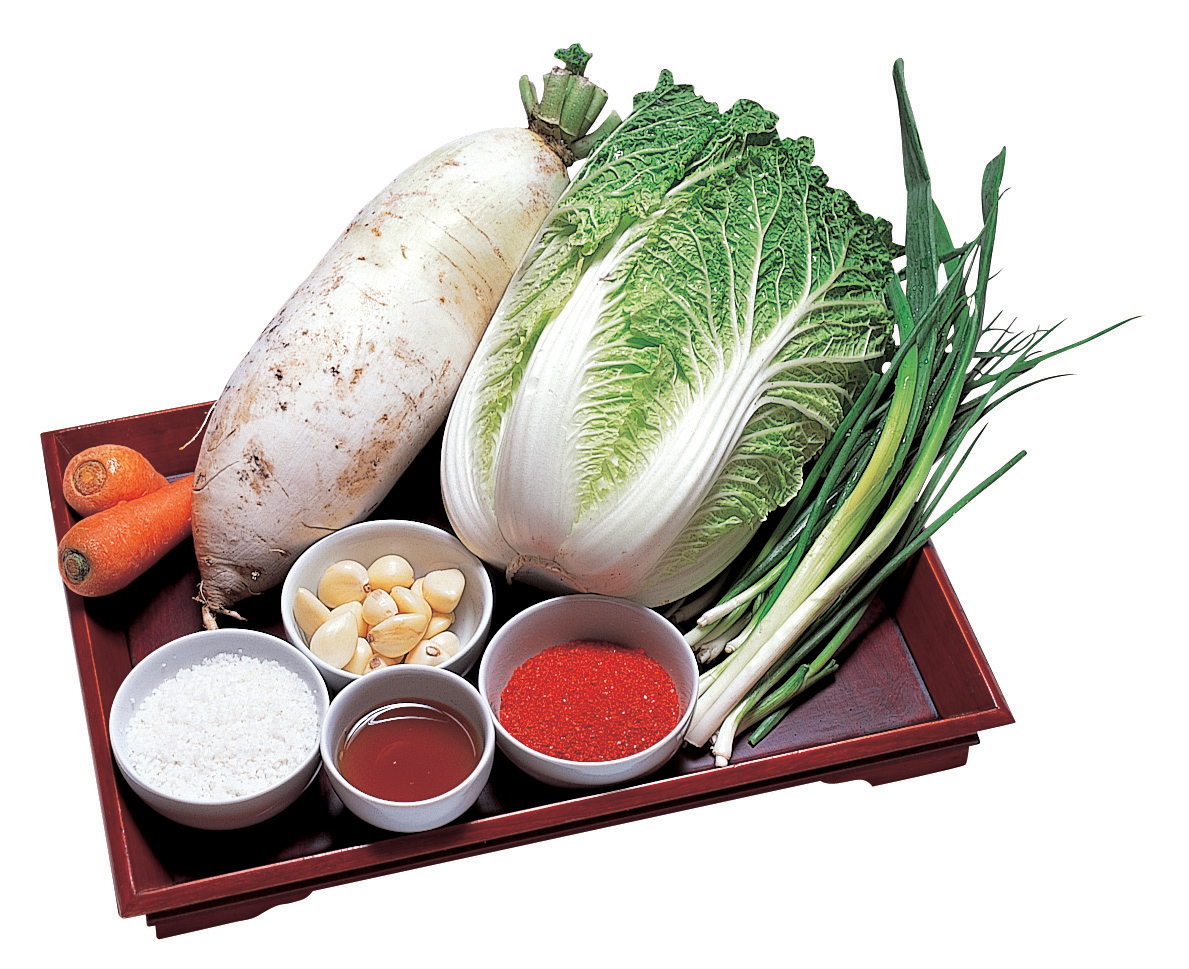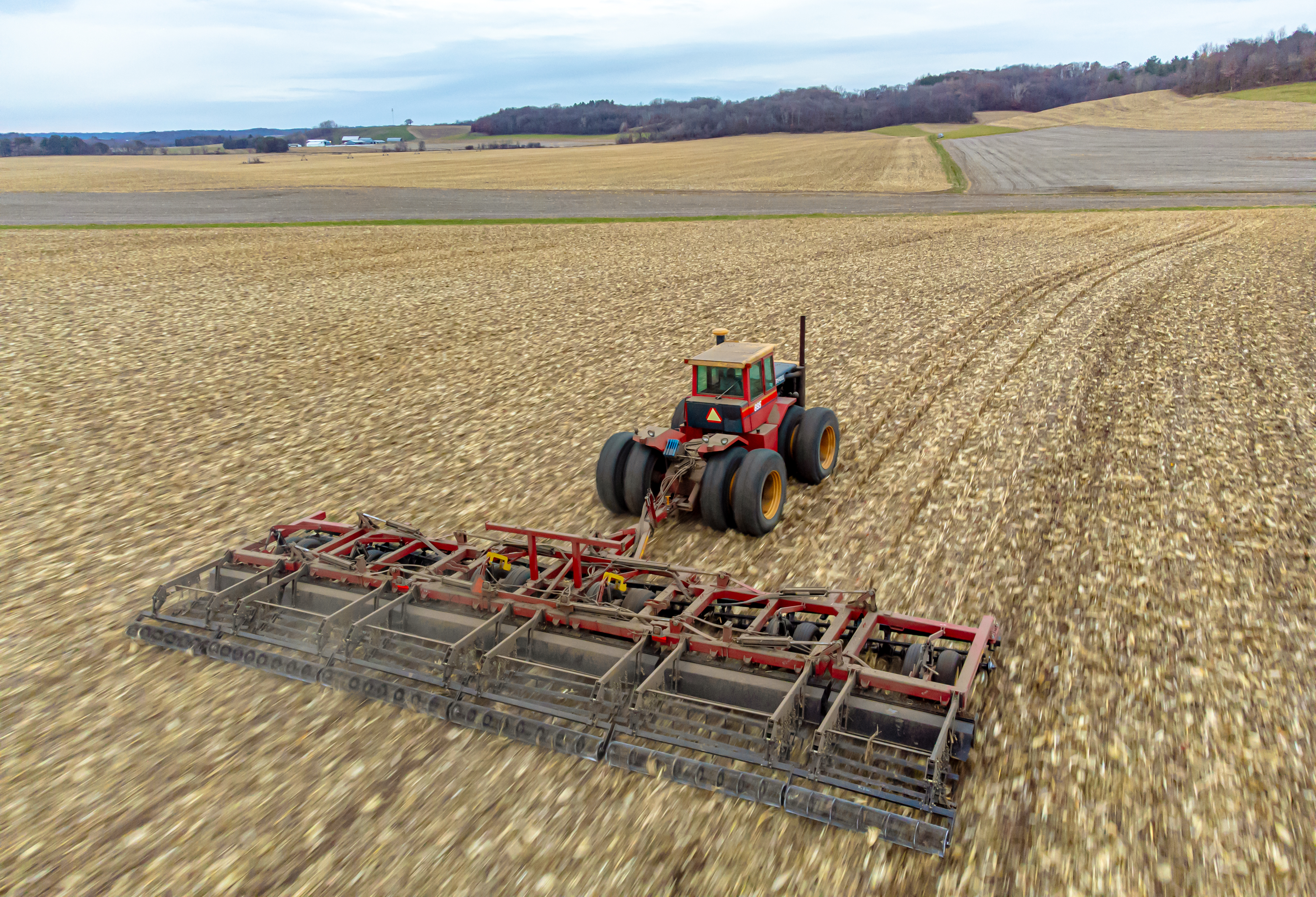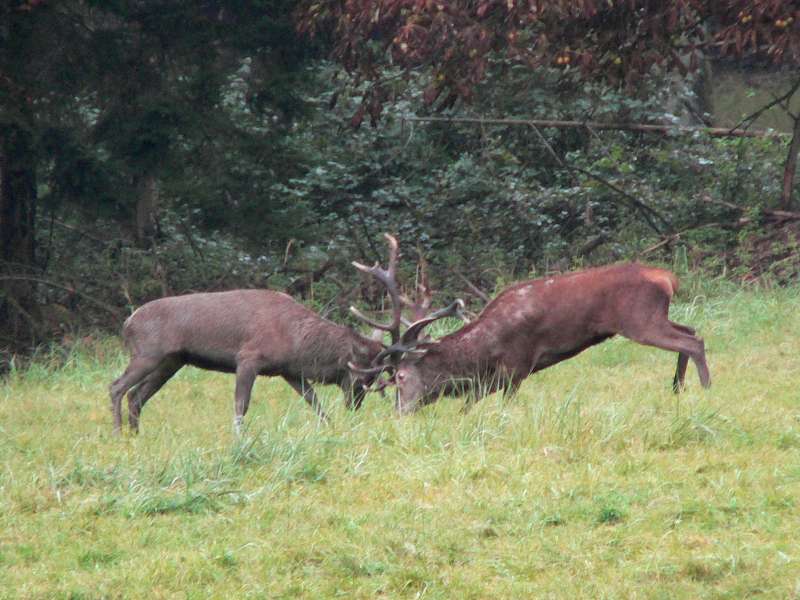|
Korean Natural Farming
Korean Natural Farming (KNF) is an organic agricultural method that takes advantage of indigenous microorganisms (IMO) (bacteria, fungi, nematodes, and protozoa) to produce rich soil that yields high output without the use of herbicides or pesticides. KNF emphasizes self-sufficiency by limiting external inputs and relying on recycled farm waste to produce biologically active inputs. While this practice has grown in popularity, scientific evidence of the benefits of KNF is relatively limited. History Hankyu Cho (1935~2025), born in 1935 in Suwon, Gyeonggi do, Korea, started the Korean Natural Farming method. He started to farm since he was 13 years old from his hometown, Suwon, South Korea. However, he felt it is not enough of learning so he decided to go to Suwon Agricultural High School to study more. Cho completed his high school education at the age of twenty-nine while still working on his family's farm. He went to high school at the late age due to the Korean War. He ... [...More Info...] [...Related Items...] OR: [Wikipedia] [Google] [Baidu] |
Microorganism
A microorganism, or microbe, is an organism of microscopic scale, microscopic size, which may exist in its unicellular organism, single-celled form or as a Colony (biology)#Microbial colonies, colony of cells. The possible existence of unseen microbial life was suspected from antiquity, with an early attestation in Jain literature authored in 6th-century BC India. The scientific study of microorganisms began with their observation under the microscope in the 1670s by Anton van Leeuwenhoek. In the 1850s, Louis Pasteur found that microorganisms caused food spoilage, debunking the theory of spontaneous generation. In the 1880s, Robert Koch discovered that microorganisms caused the diseases tuberculosis, cholera, diphtheria, and anthrax. Microorganisms are extremely diverse, representing most unicellular organisms in all three domains of life: two of the three domains, Archaea and Bacteria, only contain microorganisms. The third domain, Eukaryota, includes all multicellular o ... [...More Info...] [...Related Items...] OR: [Wikipedia] [Google] [Baidu] |
Kimchi
Kimchi (; ) is a traditional Korean side dish (''banchan'') consisting of salted and fermented vegetables, most often napa cabbage or Korean radish. A wide selection of seasonings are used, including '' gochugaru'' (Korean chili powder), spring onions, garlic, ginger, and '' jeotgal'' (salted seafood). Kimchi is also used in a variety of soups and stews. Kimchi is a staple food in Korean cuisine and is eaten as a side dish with almost every Korean meal. There are hundreds of different types of kimchi made with different vegetables as the main ingredients. Examples of variants include ''baechu-kimchi'', ''kkakdugi'', '' chonggak-kimchi'', and '' oi-sobagi''. Traditionally, winter kimchi, called '' gimjang'', was stored in large earthenware fermentation vessels, called '' onggi'', in the ground to prevent freezing during the winter months and to keep it cool enough to slow down the fermentation process during summer months. The process of making kimchi was called gimjan ... [...More Info...] [...Related Items...] OR: [Wikipedia] [Google] [Baidu] |
Soil Organic Matter
Soil organic matter (SOM) is the organic matter component of soil, consisting of plant and animal detritus at various stages of decomposition, cells and tissues of soil microbes, and substances that soil microbes synthesize. SOM provides numerous benefits to soil's physical and chemical properties and its capacity to provide regulatory ecosystem services. SOM is especially critical for soil functions and quality. The benefits of SOM result from several complex, interactive, edaphic factors; a non-exhaustive list of these benefits to soil function includes improvement of soil structure, aggregation, water retention, soil biodiversity, absorption and retention of pollutants, buffering capacity, and the cycling and storage of plant nutrients. SOM increases soil fertility by providing cation exchange sites and being a reserve of plant nutrients, especially nitrogen (N), phosphorus (P), and sulfur (S), along with micronutrients, which the mineralization of SOM slowly rele ... [...More Info...] [...Related Items...] OR: [Wikipedia] [Google] [Baidu] |
Waste
Waste are unwanted or unusable materials. Waste is any substance discarded after primary use, or is worthless, defective and of no use. A by-product, by contrast is a joint product of relatively minor Value (economics), economic value. A waste product may become a by-product, joint product or resource through an invention that raises a waste product's value above zero. Examples include municipal solid waste (household trash/refuse), hazardous waste, wastewater (such as sewage, which contains bodily wastes (feces and urine) and surface runoff), radioactive waste, and others. Definitions What constitutes waste depends on the eye of the beholder; one person's waste can be a resource for another person. Though waste is a physical object, its generation is a physical and psychological process. The definitions used by various agencies are as below. United Nations Environment Program According to the Basel Convention on the Control of Transboundary Movements of Hazardous Wastes a ... [...More Info...] [...Related Items...] OR: [Wikipedia] [Google] [Baidu] |
Tillage
Tillage is the agriculture, agricultural preparation of soil by mechanical wikt:agitation#Noun, agitation of various types, such as digging, stirring, and overturning. Examples of manual labour, human-powered tilling methods using hand tools include shoveling, pickaxe, picking, mattock work, hoe (tool), hoeing, and rake (tool), raking. Examples of working animal, draft-animal-powered or mechanization, mechanized work include ploughing (overturning with moldboards or chiseling with chisel shanks), rotary tiller, rototilling, rolling with cultipackers or other roller (agricultural tool), rollers, harrow (tool), harrowing, and cultivating with cultivator shanks (teeth). Tillage that is deeper and more thorough is classified as primary, and tillage that is shallower and sometimes more selective of location is secondary. Primary tillage such as ploughing tends to produce a rough surface finish, whereas secondary tillage tends to produce a smoother surface finish, such as that required ... [...More Info...] [...Related Items...] OR: [Wikipedia] [Google] [Baidu] |
Fertilizer
A fertilizer or fertiliser is any material of natural or synthetic origin that is applied to soil or to plant tissues to supply plant nutrients. Fertilizers may be distinct from liming materials or other non-nutrient soil amendments. Many sources of fertilizer exist, both natural and industrially produced. For most modern agricultural practices, fertilization focuses on three main macro nutrients: nitrogen (N), phosphorus (P), and potassium (K) with occasional addition of supplements like rock flour for micronutrients. Farmers apply these fertilizers in a variety of ways: through dry or pelletized or liquid application processes, using large agricultural equipment, or hand-tool methods. Historically, fertilization came from natural or organic sources: compost, animal manure, human manure, harvested minerals, crop rotations, and byproducts of human-nature industries (e.g. fish processing waste, or bloodmeal from animal slaughter). However, starting in the 19th cen ... [...More Info...] [...Related Items...] OR: [Wikipedia] [Google] [Baidu] |
Nitrogen
Nitrogen is a chemical element; it has Symbol (chemistry), symbol N and atomic number 7. Nitrogen is a Nonmetal (chemistry), nonmetal and the lightest member of pnictogen, group 15 of the periodic table, often called the Pnictogen, pnictogens. It is a common element in the universe, estimated at Abundance of the chemical elements, seventh in total abundance in the Milky Way and the Solar System. At standard temperature and pressure, two atoms of the element chemical bond, bond to form N2, a colourless and odourless diatomic molecule, diatomic gas. N2 forms about 78% of Atmosphere of Earth, Earth's atmosphere, making it the most abundant chemical species in air. Because of the volatility of nitrogen compounds, nitrogen is relatively rare in the solid parts of the Earth. It was first discovered and isolated by Scottish physician Daniel Rutherford in 1772 and independently by Carl Wilhelm Scheele and Henry Cavendish at about the same time. The name was suggested by French chemist ... [...More Info...] [...Related Items...] OR: [Wikipedia] [Google] [Baidu] |
Manure
Manure is organic matter that is used as organic fertilizer in agriculture. Most manure consists of animal feces; other sources include compost and green manure. Manures contribute to the fertility of soil by adding organic matter and nutrients, such as nitrogen, that are utilised by bacteria, fungi, and other organisms in the soil. Higher organisms then feed on the fungi and bacteria in a chain of life that comprises the soil food web. Types There are in the 21st century three main classes of manures used in soil management: Animal manure Most animal manure consists of feces. Common forms of animal manure include farmyard manure (or farm slurry ( liquid manure). Farmyard manure also contains plant material (often straw), which has been used as bedding for animals and has absorbed the feces and urine. Agricultural manure in liquid form, known as slurry, is produced by more intensive livestock rearing systems where concrete or slats are used instead of straw bedding. M ... [...More Info...] [...Related Items...] OR: [Wikipedia] [Google] [Baidu] |
Complete Protein
A complete protein or whole protein is a food source of protein that contains an adequate proportion of each of the nine essential amino acids necessary in the human diet. Concept Protein nutrition is complex because any proteinogenic amino acid may be the limiting factor in metabolism. Mixing livestock feeds can optimize for growth, or minimize cost while maintaining adequate growth. Similarly, human nutrition is subject to Liebig's law of the minimum: The lowest level of one of the essential amino acids will be the limiting factor in metabolism. :If the content of a single indispensable amino acid in the diet is less than the individual's requirement, then it will limit the utilization of other amino acids and thus prevent the normal rates of synthesis even when the total nitrogen intake level is adequate. Thus the "limiting amino acid" will determine the nutritional value of the total nitrogen or protein in the diet. Protein sources are thus rated by their limiting amino ... [...More Info...] [...Related Items...] OR: [Wikipedia] [Google] [Baidu] |
Metabolism
Metabolism (, from ''metabolē'', "change") is the set of life-sustaining chemical reactions in organisms. The three main functions of metabolism are: the conversion of the energy in food to energy available to run cellular processes; the conversion of food to building blocks of proteins, lipids, nucleic acids, and some carbohydrates; and the elimination of metabolic wastes. These enzyme-catalyzed reactions allow organisms to grow and reproduce, maintain their Structures#Biological, structures, and respond to their environments. The word ''metabolism'' can also refer to the sum of all chemical reactions that occur in living organisms, including digestion and the transportation of substances into and between different cells, in which case the above described set of reactions within the cells is called intermediary (or intermediate) metabolism. Metabolic reactions may be categorized as ''catabolic''—the ''breaking down'' of compounds (for example, of glucose to pyruvate by c ... [...More Info...] [...Related Items...] OR: [Wikipedia] [Google] [Baidu] |
Competition (biology)
Competition is an Biological interaction, interaction between organisms or species in which both require one or more Resource (biological), resources that are in Limiting factor, limited supply (such as food, water, or Territory (animal), territory). Competition lowers the Fitness (biology), fitness of both organisms involved since the presence of one of the organisms always reduces the amount of the resource available to the other. In the study of community ecology, competition within and between members of a species is an important biological interaction. Competition is one of many interacting Biotic component, biotic and Abiotic component, abiotic factors that affect Community (ecology), community structure, species diversity, and population dynamics (shifts in a population over time). There are three major Mechanism (biology), mechanisms of competition: interference, exploitation, and apparent competition (in order from most direct to least direct). Interference and exploitat ... [...More Info...] [...Related Items...] OR: [Wikipedia] [Google] [Baidu] |
Predation
Predation is a biological interaction in which one organism, the predator, kills and eats another organism, its prey. It is one of a family of common List of feeding behaviours, feeding behaviours that includes parasitism and micropredation (which usually do not kill the Host (biology), host) and parasitoidism (which always does, eventually). It is distinct from Scavenger, scavenging on dead prey, though many predators also scavenge; it overlaps with Herbivore, herbivory, as Seed predation, seed predators and destructive frugivores are predators. Predation behavior varies significantly depending on the organism. Many predators, especially carnivores, have evolved distinct hunting strategy, hunting strategies. Pursuit predation involves the active search for and pursuit of prey, whilst ambush predation, ambush predators instead wait for prey to present an opportunity for capture, and often use stealth or aggressive mimicry. Other predators are opportunism, opportunistic or om ... [...More Info...] [...Related Items...] OR: [Wikipedia] [Google] [Baidu] |






